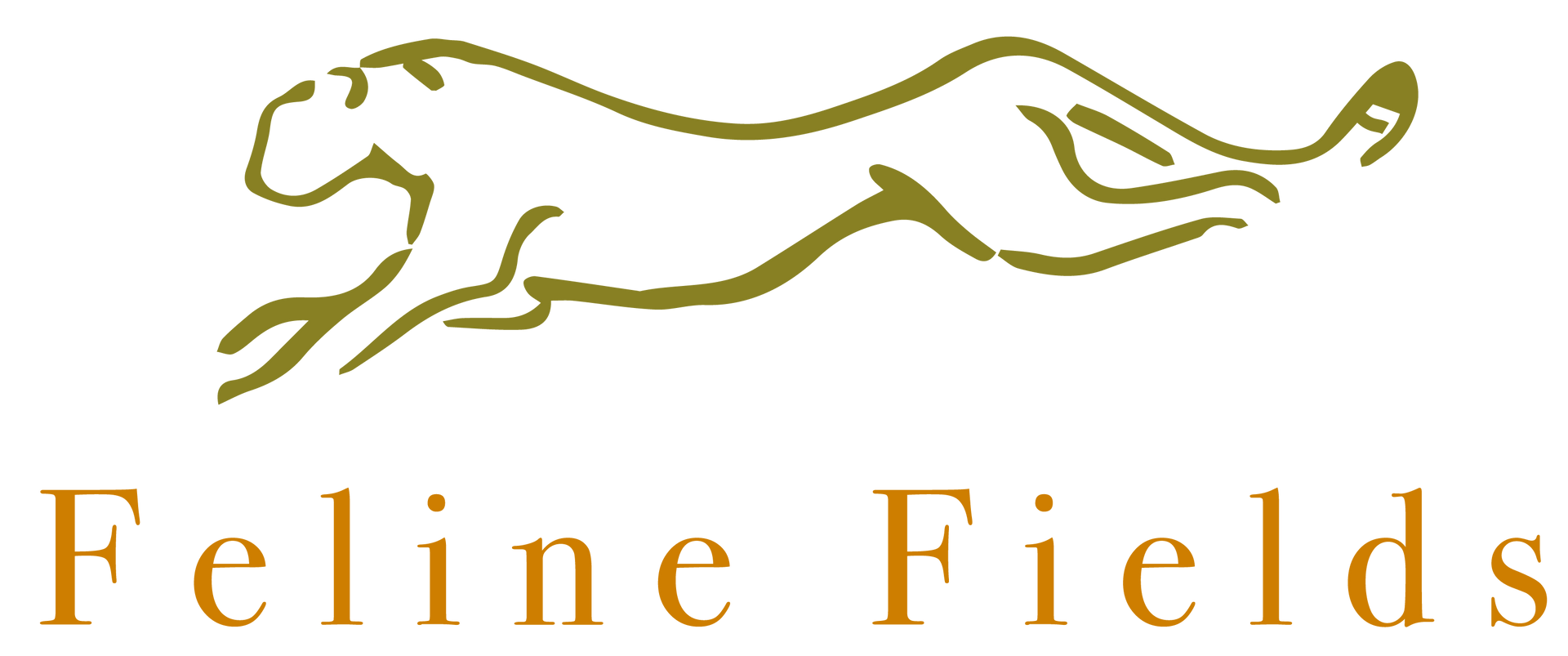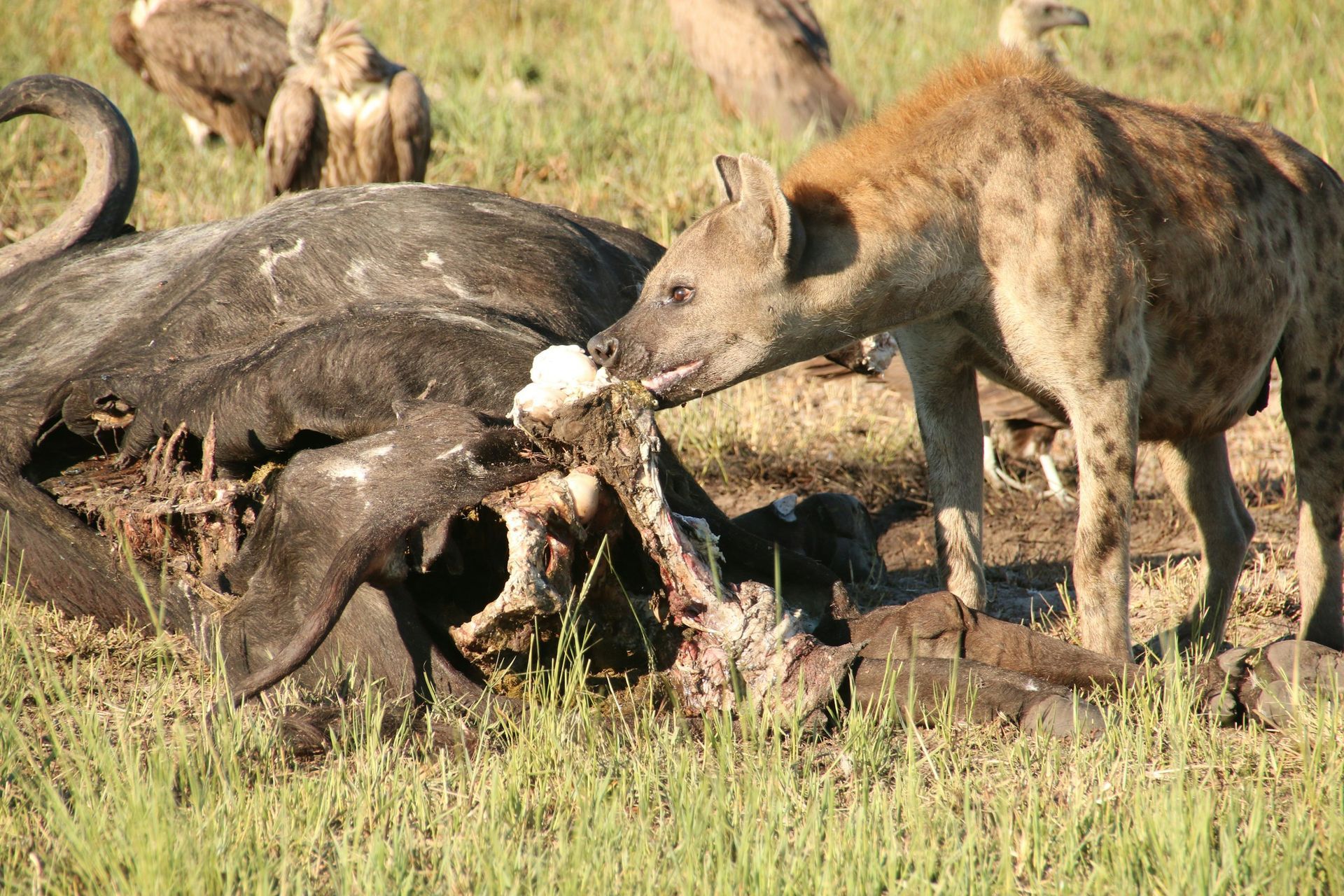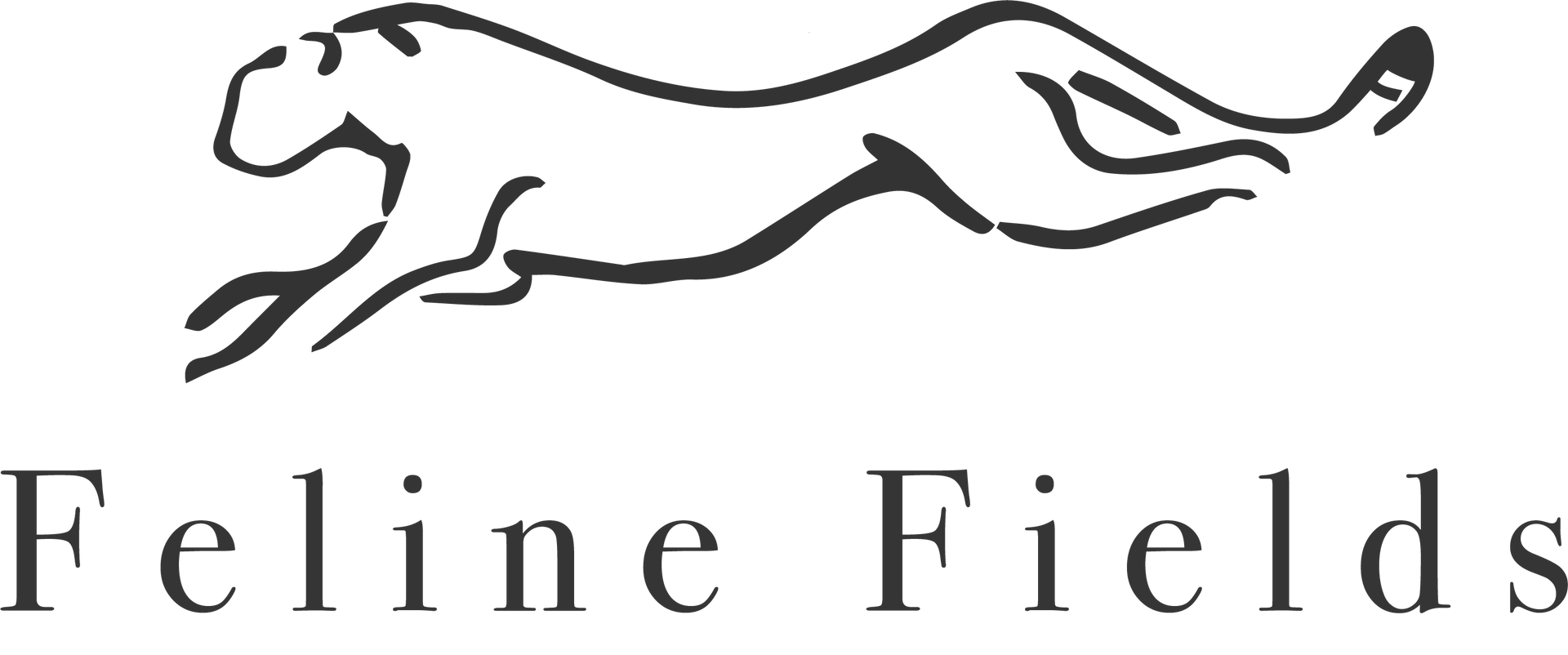The spotted hyena: everything you need to know
Learn more about this misunderstood mammal
YThe spotted hyena (Crocuta crocuta) is not the sneaky, snide and somewhat cowardly ne'er do well that Disney's "The Lion King" would have you believe it is. Given a bad reputation by popular fiction, this fascinating carnivore is found throughout sub-Saharan Africa and despite its reputation as a scavenger, hyenas are surprisingly adept hunters with a complex social structure and play a critical role in helping to maintain healthy ecosystems.
Let's find out more...
First of all, when it comes to hyenas, the females rule the roost! They live in large, matriarchal clans of up to 80 individuals, with a single dominant "queen" overseeing their social hierarchy. Communication is key to their success, and their vocalisations are diverse. Also known as the "laughing hyena", the iconic "laugh" isn't amusement at all, but a complex social signal used for territorial defence, dominance displays, or excitement during a hunt. Body language and scent marking further enhance communication within the clan.
Pack hunters
Hyenas are skilled hunters as well as scavengers. Their powerful jaws, with the strongest bite force relative to their size among land mammals, can crush bone with ease. This allows them to not only scavenge every last morsel from a carcass, but also to take down large prey. Hyena hunts showcase remarkable teamwork. Working in synchronised packs, they use speed, stamina, and powerful bites to wear down prey.
The cleaning crew
Their scavenging behaviour is important though. They are the refuse removal experts of the bush, efficiently clearing away decaying carcasses that would otherwise attract flies, spread disease, and pollute the environment. Their role in keeping the wilderness clean is critical for the health of entire ecosystems.
Hyenas exhibit a surprising level of co-operation during scavenging events. Clan members share food, ensuring even low-ranking individuals receive sustenance. This altruistic behaviour, unusual among carnivores, contributes to the overall health and success of the clan.
Additionally, their digestive system is remarkable, breaking down bones, hooves, and even hair – leftovers many other predators leave behind. This not only provides vital nutrients but also plays a crucial role in nutrient recycling within the ecosystem. Their scat is white as a result of the amount of calcium they consume in the bones they eat.
Hidden contributions
The spotted hyena's contribution to the health of Botswana's wilderness areas extends beyond predation and scavenging. Hyena dens, often abandoned aardvark burrows, provide vital shelter for a variety of smaller mammals, reptiles, and invertebrates, creating a microcosm of biodiversity. Research suggests hyenas regulate prey populations, keeping herbivore numbers in check and promoting savannah health.
Their predation can also influence the behaviour of other predators like lions, creating a complex web of interactions that maintains ecological balance.
Clever and complex
Research reveals a remarkable level of intelligence that rivals some primates. Hyenas navigate complex social structures within their clans and studies have shown that they are adept problem-solvers, both individually and collaboratively. They've been observed figuring out how to open complex containers to access food rewards. In some cases, hyena clans have even outsmarted chimpanzees in tasks requiring co-operative problem-solving.
Understanding hyena intelligence is a work in progress. Scientists continue to investigate their problem-solving skills, communication abilities, and the cognitive processes underlying their social behaviour. As we learn more, we gain a deeper appreciation for these remarkable creatures and their vital role in the African ecosystem.
Socially savvy
Hyenas are also masters of social manipulation. Lower-ranking hyenas may use deceptive tactics like fake alarm calls to gain an advantage or avoid conflict. They understand the importance of social alliances and can strategically build relationships within the clan for greater access to food and resources.
Brain size isn't everything, but it offers some insight. Hyenas have relatively large brains compared to their body size, particularly in the frontal cortex, which is associated with complex decision-making, planning, and social intelligence.
Conservation
Habitat loss due to human encroachment and competition with lions for prey are significant threats to spotted hyenas. Negative perceptions can also lead to persecution from local communities. Understanding their vital role is crucial for conservation. Long-term research efforts in Africa are providing invaluable data on hyena behaviour, ecology, and population dynamics, informing strategies to protect hyenas and ensure their continued presence in the wild.







